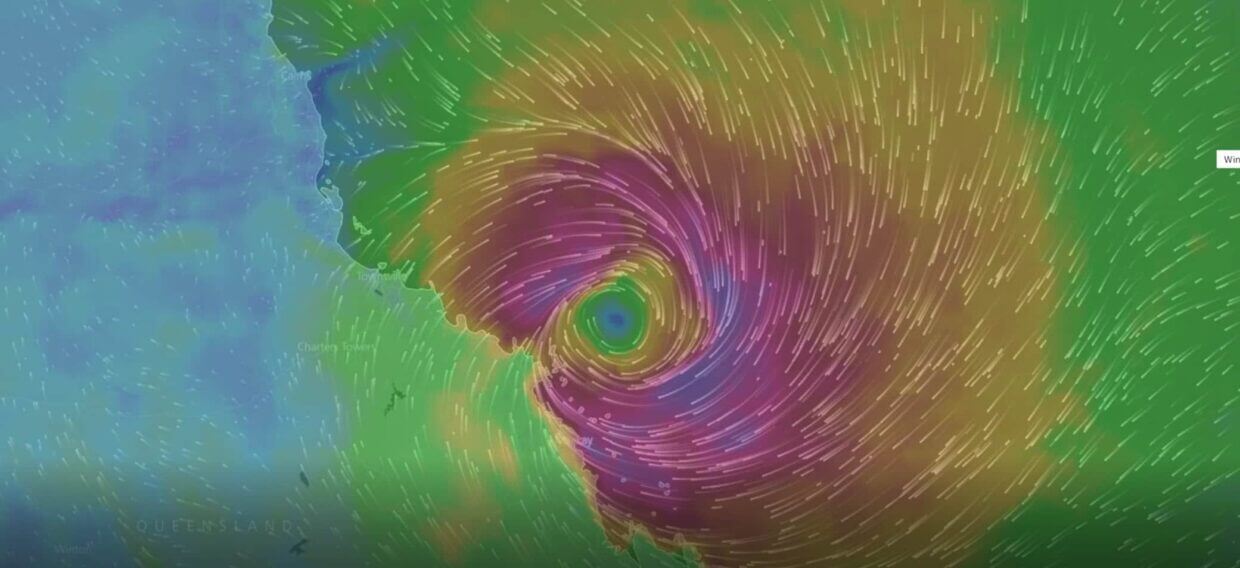
The importance of weather is often overlooked in commercial drone operations. Understanding the weather can make your commercial drone operations safer, more efficient and improve the quality of your work. There are a few key considerations when looking at the weather for your commercial drone operations.
Wind
Each Remotely Piloted Aircraft System (RPAS) used in your commercial drone operations has a wind limit. The wind limit for the aircraft should be published in the aircraft’s flight manual. These limits are put in place to ensure the stability of the system and ensure that the RPAS will have enough forward speed to penetrate the wind. These are two very important factors to capture quality stable images and bring the aircraft home at the end of the job.
Sudden changes in the wind velocity and/or direction is another important consideration for commercial drone operations. Whenever the wind is steady, the aircraft will behave the same, when the wind suddenly changes, the aircraft’s stability is affected (think turbulence in an airliner). A drone positioned in consistent wind will be far more stable than one positioned behind an obstacle where the wind is constantly changing. Some aircraft also feature a wind gust limit.
Cloud
The amount and type of cloud is another important consideration for your commercial drone operations, the biggest factor of cloud is the change in light conditions. Depending on the purpose of your flight, the importance of cloud will change. A day with scattered cloud might hinder an orthophoto flight but not affect a local video flight.
When the lighting conditions change and the settings on the sensor do not, the result will be changing amounts of light let into the sensor producing darker and lighter areas. When creating models from changing light conditions the data is noisy and creates more work in post processing. Try and capture when the light is consistent.
Visibility and precipitation
There are legal minimum requirements for visibility and low visibility will also affect the quality of work. With most commercial drones being limited in wet weather, knowing if precipitation will come in the form of showers or widespread rain will make the difference between getting the job done or not.
Weather tools
Being equipped with the knowledge to find the best day of the week and the best part of the day to conduct commercial drone operations will significantly save time. Instead of waiting to see if the weather improves in the field, activities more conducive to the success of the business can be undertaken.
Mean Sea Level charts can assist in finding the best day of the week. These charts can give an indication of wind direction, interpreting the characteristics of the surface the airflow has been travelling over will allow anticipation of the weather on a given day. They also give an indication of stability and cloud type for those equipped with the knowledge.
The Channel 7 news and other “weather” news services will tell you there is the chance of a shower today… but when? Millions of people’s lives depend on aviation weather forecasts every day and they are some of the most accurate forecasts available, continually updated. Not only do they describe the weather conditions, they break the day into segments describing the weather in each part of the day. They are available for most locations and give accurate weather information 12-36 hours in advance. It could be the difference between wasting 4 hours to drive to location or a better utilisation of time towards the success of the business.
